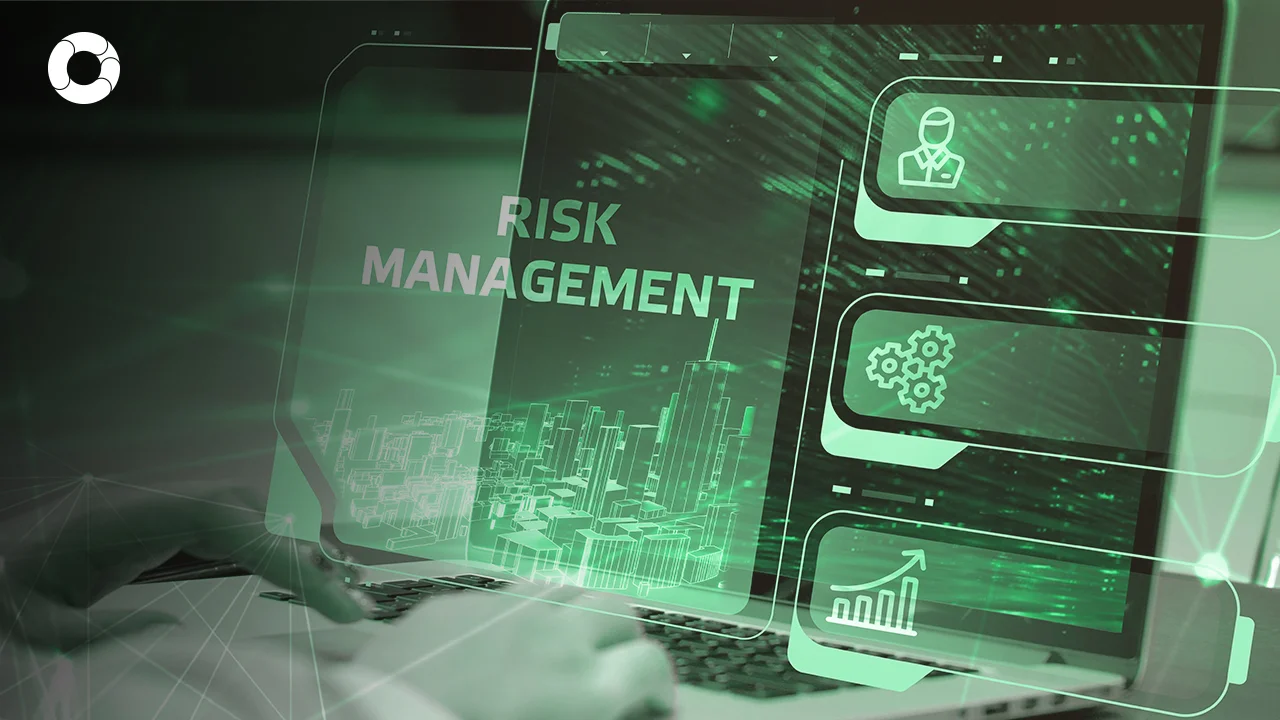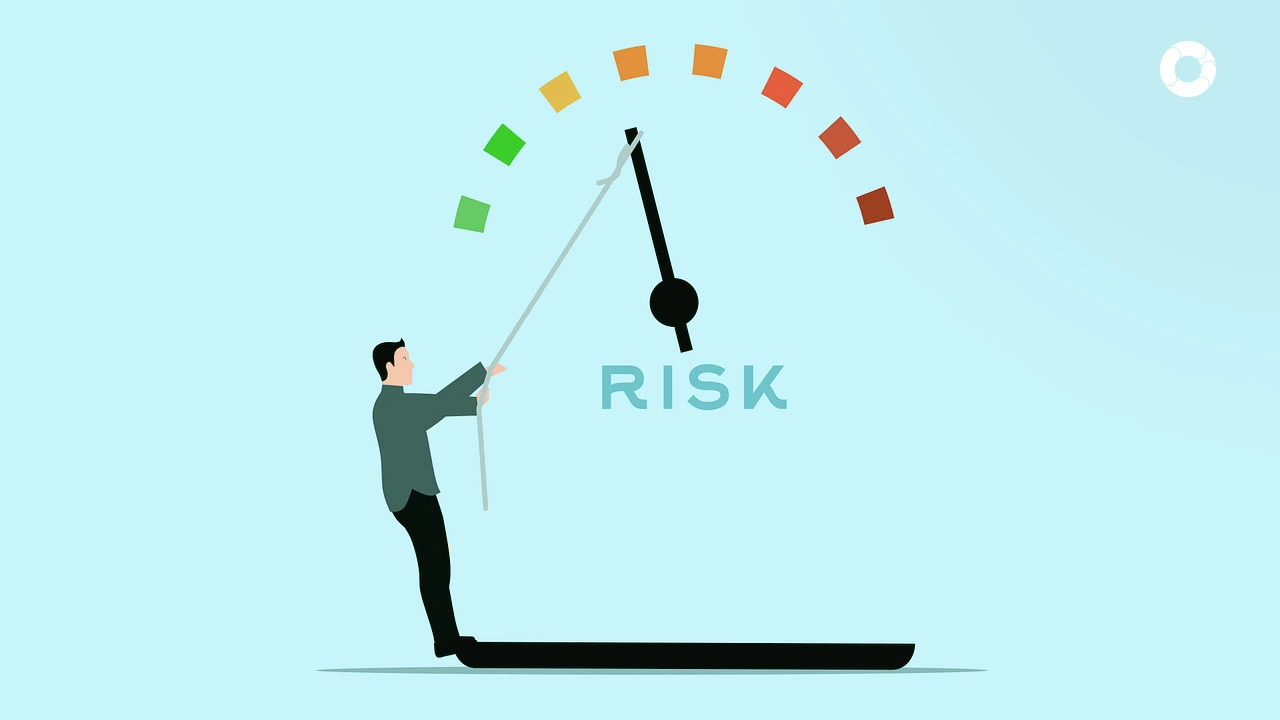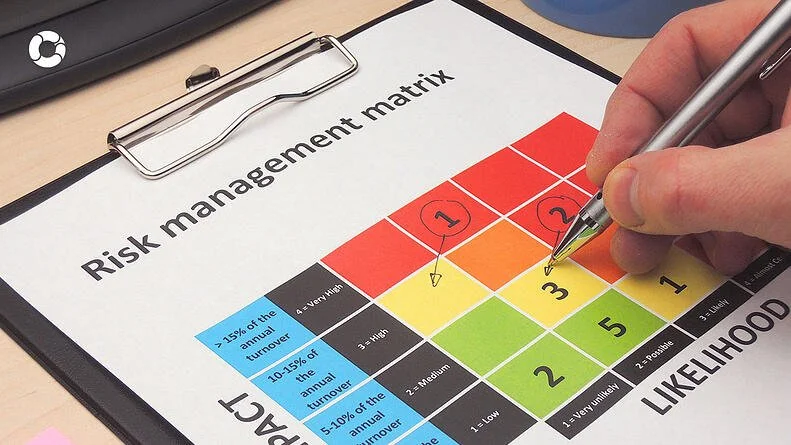Top 5 Operational Risks in 2023 for U.S. Organizations

Is your business organization in the U.S.? Are you worried about suffering losses in your organization? We know that this is a primary concern for members of every organization, and critical factors, such as operational risk, could hinder your growth.
Understanding the meaning and scope of operational risk is vital for making informed decisions that will allow you to implement protective measures to shield your company from severe financial losses.
Stay with us, and explore in this article the current outlook for organizations in the USA in 2023, the list of operational risks you are exposed to, some examples, and the challenges you may face and what you must do to mitigate them.
Let's do it!
What does operational risk mean for an organization?
Operational risk for an organization refers to the potential losses from the suspension or interruption of daily activities if there is a failure, inadequate execution, or error in its internal processes, systems, or even an external event. Operational risk implies that something needs to be fixed in the day-to-day activities of a business organization. If not corrected in time, it can cause financial losses and severe reputational damage and affect employees, partners, and customers.
Losses derived from operational risk in the USA amount to more than 30 billion dollars and are increasing. This increase is because operational risk comes in many forms, such as a human error, system failure, or even a cyber-attack or something unexpected like a natural catastrophe. All of them share a common trait - they significantly affect the company.
Let's now look at our top list of the main operational risks you could be exposed to!
What are the main operational risk types in the U.S.?
American business organizations are exposed to a wide variety of operational risks, depending on their industry, the amount of resources they have, and external circumstances; however, under the trends predicted for this year, it is estimated that the main operational risks they may be challenged with are:
- Cyber-attacks
These occupy the number one position in our count under organizations' significant dependence on technological tools and managing large amounts of data to develop their internal processes. According to Getastra, server hacking occurs every 39 seconds.
This dependence makes them increasingly more criminals who want to maliciously access your data, hijack information, and disclose confidential information, and viruses, which can trigger financial losses for the payment of rewards, repair or replacement of equipment, litigation, and loss of customer confidence.
- Failure of your human resources
It is one of the broadest operational risk types since it includes everything from errors or negligence by employees to more severe actions such as fraud, sabotage, etc. But it also includes situations arising from conflict in the work environment, such as strikes.
It also includes other situations related to the workforce that may represent an obstacle to business continuity, lack of personnel, and difficulty in attracting and retaining talent, one of the most common problems for organizations when more and more people decide to become self-employed. According to CNBC, more than 50 million workers will quit in 2022.
- Supply chain bottlenecks
Recent situations, such as the container crisis, reveal that American organizations may face a suspension or delay in the receipt, shipment, or distribution of raw materials, which affects their performance. There are other factors, such as raw material or fuel shortages, as happened in Europe when companies had problems with gas supply due to the war between Russia and Ukraine. Unexpected price increases can also affect the organization's ability to meet customers' needs.
- Unforeseen events
Acts of God or force majeure have been positioning themselves as one of the biggest loss-makers for business organizations in the United States; from natural disasters such as heavy rains in Florida late last year to pandemics, it is estimated that more than 700,000 establishments closed in the second quarter of 2020 due to COVID 19.
- Lack of regulatory compliance
Failure to comply with industry regulations, such as data management, anti-money laundering, fraud protocols, or labor standards, can result in serious legal action, fines, and damage to your organization's image, allowing you to continue operating.
Bonus
Relying on risk management software like Pirani can offer you benefits to prevent operational risk. How can you do it?
- It centralizes all activity information to track, identify and evaluate potential risks and monitor your key risk indicators.
- Automated risk management: from information processing, communication, issuing alerts, and reporting to reducing the likelihood of human error and carelessness.
- Real-time monitoring: Pirani provides operations tracking and reporting based on key performance indicators, which can help you identify potential risks early.
- Encourages collaboration between members: optimizes communication between different areas and levels for a coordinated approach and awareness of potential risks.
Tips for setting a practical operational risk management framework
- Set clear policies and processes: it is crucial in a good operational risk management framework that members of the organization understand their responsibilities and roles to abide by data management protocols and other applicable standards.
- Adequate controls encompass different measures such as periodic audits, division of duties, monitoring, and performance indicators.
- Regular training: instructing them on best practices for identifying and managing risks in their areas.
- Consolidate the risk management culture: Encourage employees to identify and report internal process vulnerabilities and failures and promote a proactive approach to risk materialization.
- Be aware of applicable regulations: regulations are constantly changing, so it is essential to frequently adjust internal policies to these standards.
- Regular monitoring: Assess the efficiency of operational risk strategies, and generate reports on analysis, incidents, and updates to stay updated on the company's performance.
What about you?
Is your organization protected against operational risk? Have you taken the proper measures?
Find out what Pirani can do for it!
You May Also Like
These Related Stories

Operational Risk Assessment: Easy Guide

Trends and Future in Operational Risk Management

Operational Risk Management: Strategies and Examples

Features and Benefits of ORM Software for Risk Mitigation

3 tips to identify risks


No Comments Yet
Let us know what you think